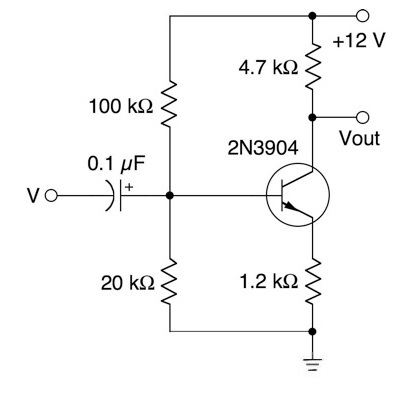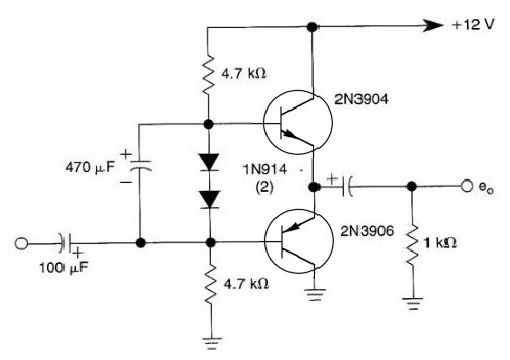The 2N3904 and 2N3906 are very common NPN and PNP transistors, and can be used in many circuits that calls for small-signal (as opposed to power) transistors. Both can drive 200 mA.
There are hundreds (or more) sites with circuits using these transistors. Google "2N3904 circuits" or "2N3906 circuits". Some are for amplifiers, some are for timers (blinking LED's), and some are for making various kinds of sounds -- sirens, musical notes, etc.
Here are a couple to get you started; the first is a Class A amplifier using a 2N3904 in a common emitter configuration:

and the second is a Class B amplifier using both the 2N49042N3904 and 2N3906 in what's called a complementary configuration:

The values do not have to be exact; in partof the fun is changing them and seeing what effect that has. You can learn about how the initial values are determined by reading about "biasing" in articles like this.
You may also run into circuits using the 2N2222, which is like a 2N3904 but can switch three times as much power. So if you find a circuit using a 2N2222, as along as it doesn't need to handle more than 200 mA, you should be able to get by with a 2N3904 instead.
You can get the datasheets for any of these by Googling the part number along with the word datasheet, several ones will show up. You can also try looking them up in a distributor's webpage like Digi-Key.
